Japan industrial production dropped -1.3% mom in April, much worse than expectation of -0.2% mom. It’s also the first decline in three months. The seasonally adjusted production index for the manufacturing and mining sectors stood at 95.2 against 100 for the base year of 2015.
Manufacturers surveyed by the Ministry of Economy, Trade and Industry expected output to return to growth in May, gaining 4.8%, followed by a 8.9% rise in June.
Also from Japan, unemployment rate dropped from 2.6% to 2.5% in April, lowest in two years. Retail sales rose 2.9% yoy, above expectation of 2.6% yoy.


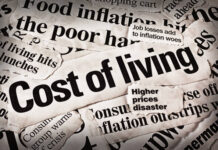

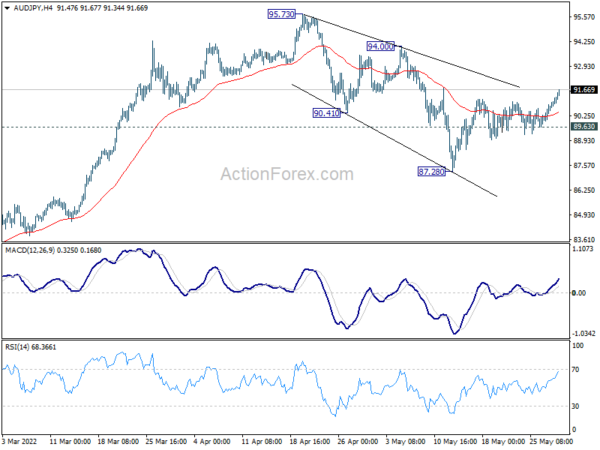
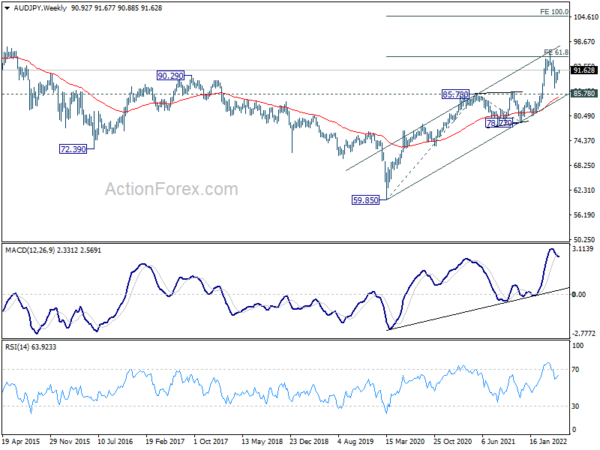
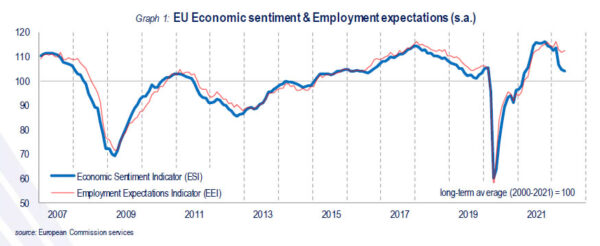
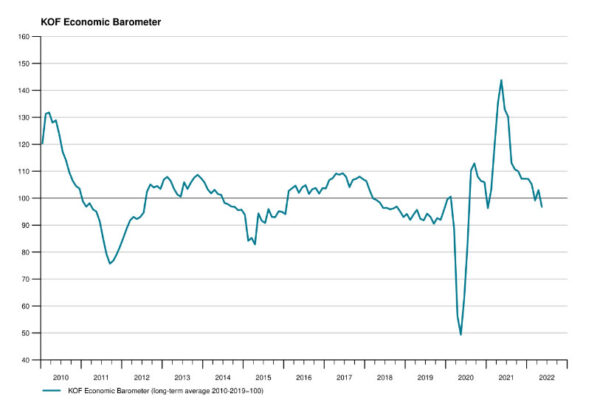
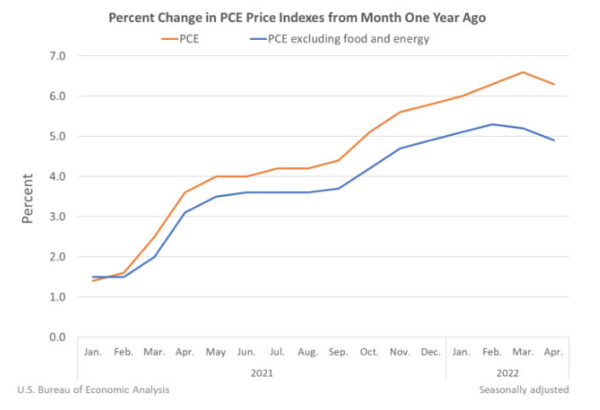
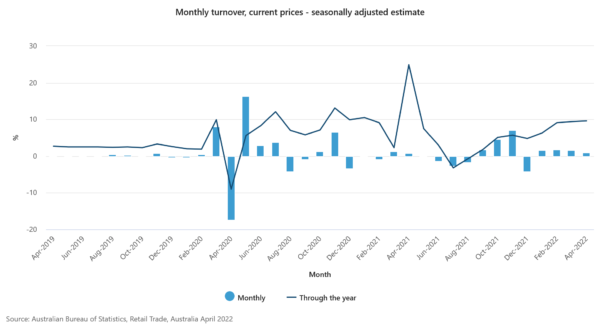
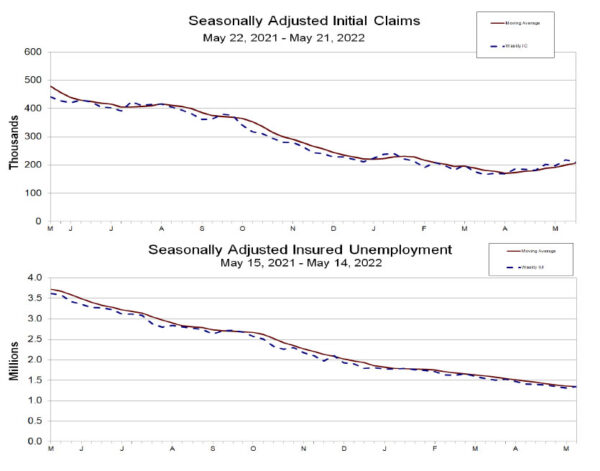
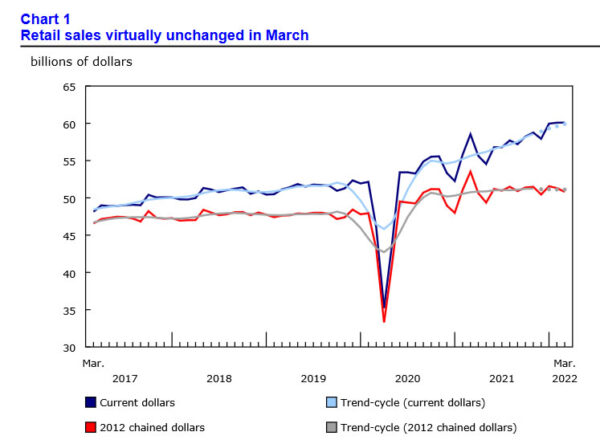
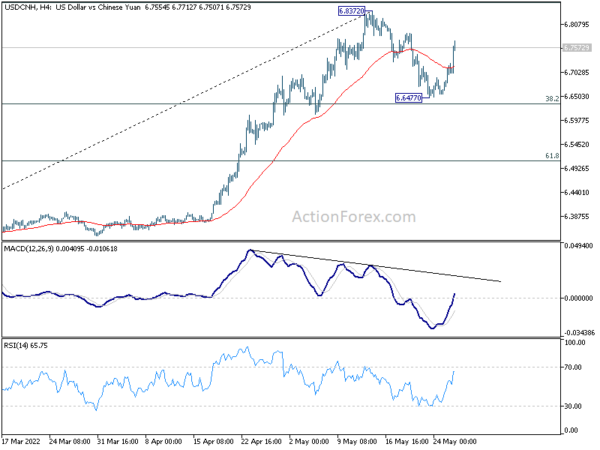
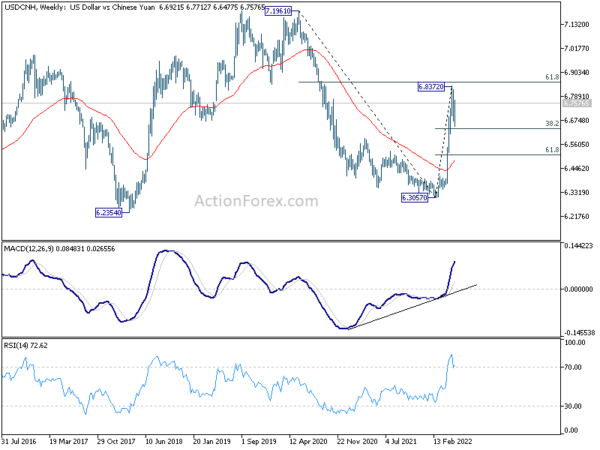
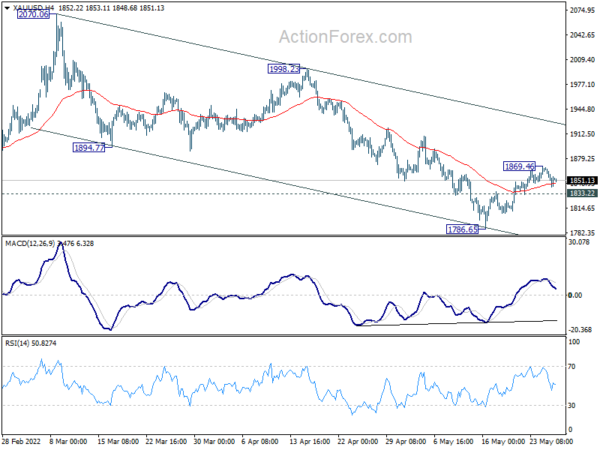
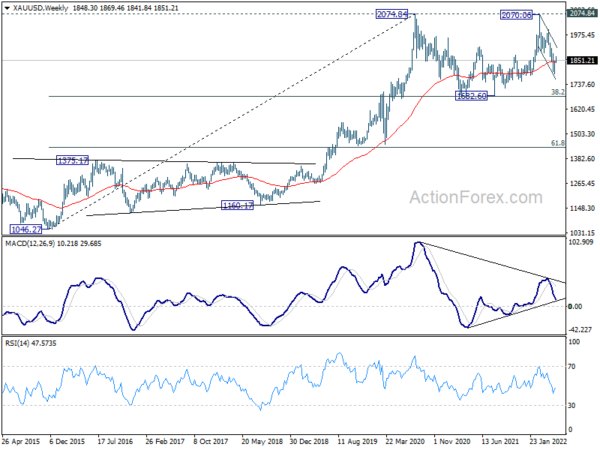
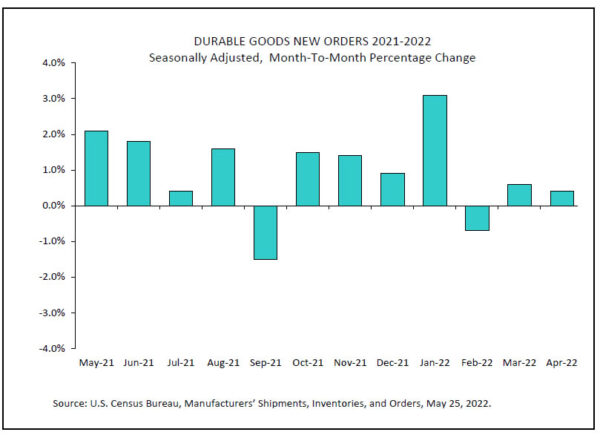

China PMI manufacturing rose to 49.6 in May, services rose to 47.8
The official China PMI manufacturing rose from 47.4 to 49.6 in May, matched expectations. PMI Services rose from 41.9 to 47.8, above expectation of 45.2. PMI Composite also rose from 42.7 to 48.4.
“This showed manufacturing production and demand have recovered to varying degrees, but the recovery momentum needs to be strengthened,” said Zhao Qinghe, senior statistician at the NBS.